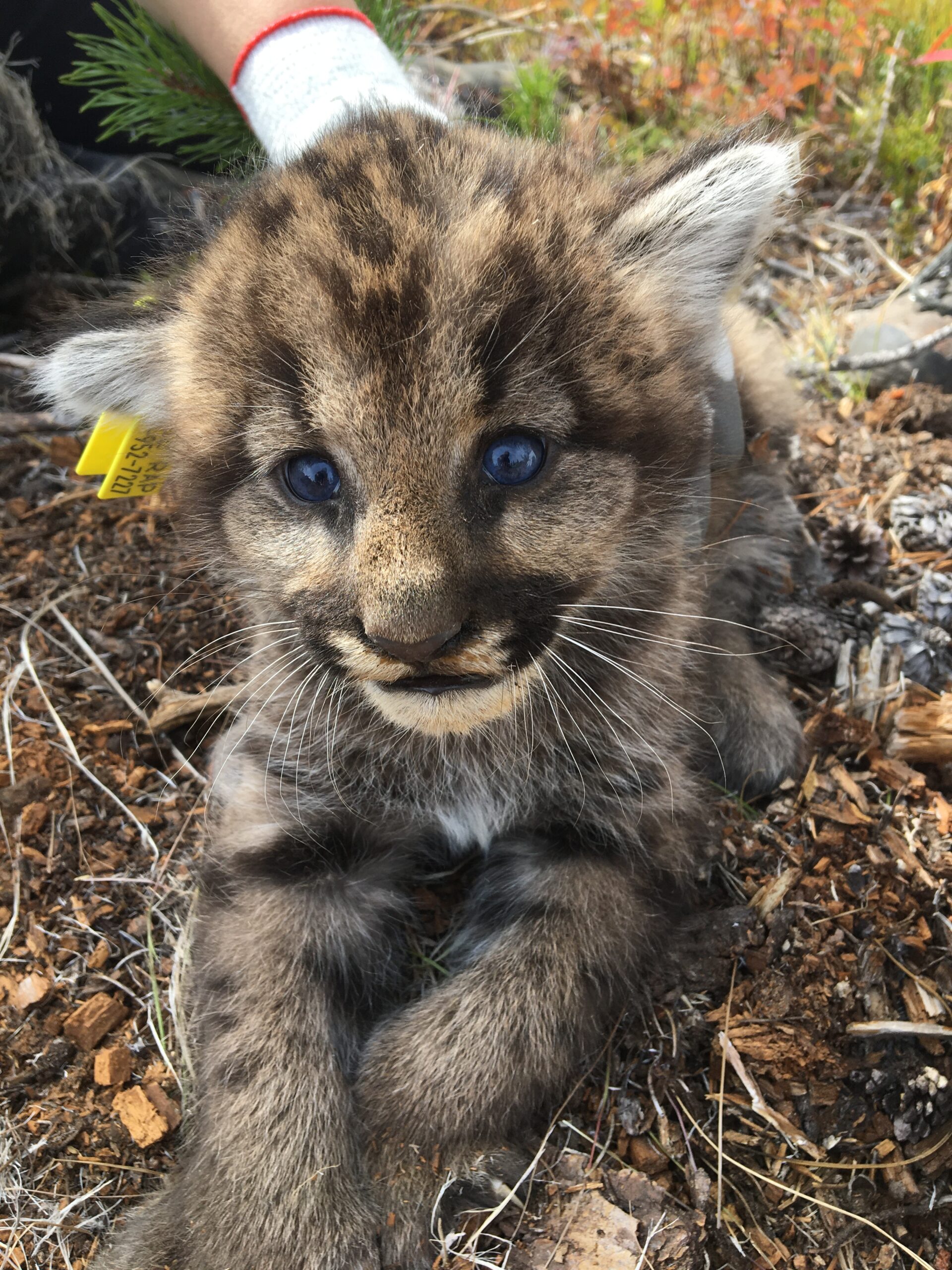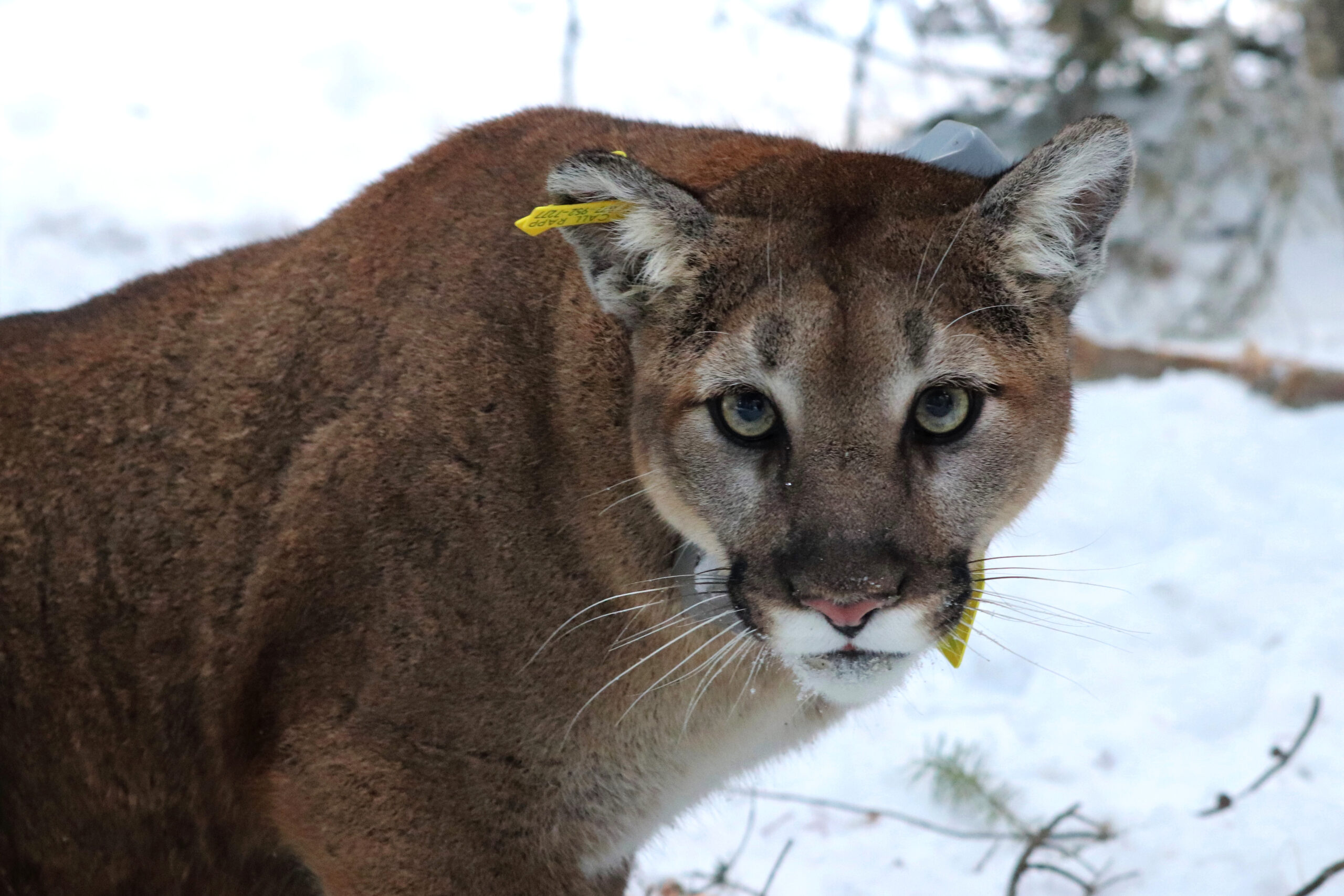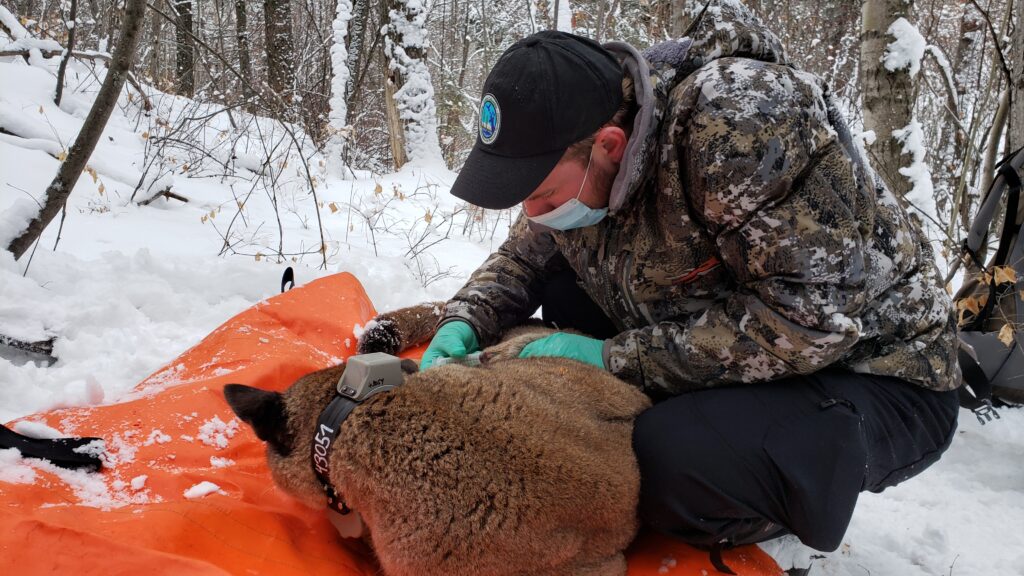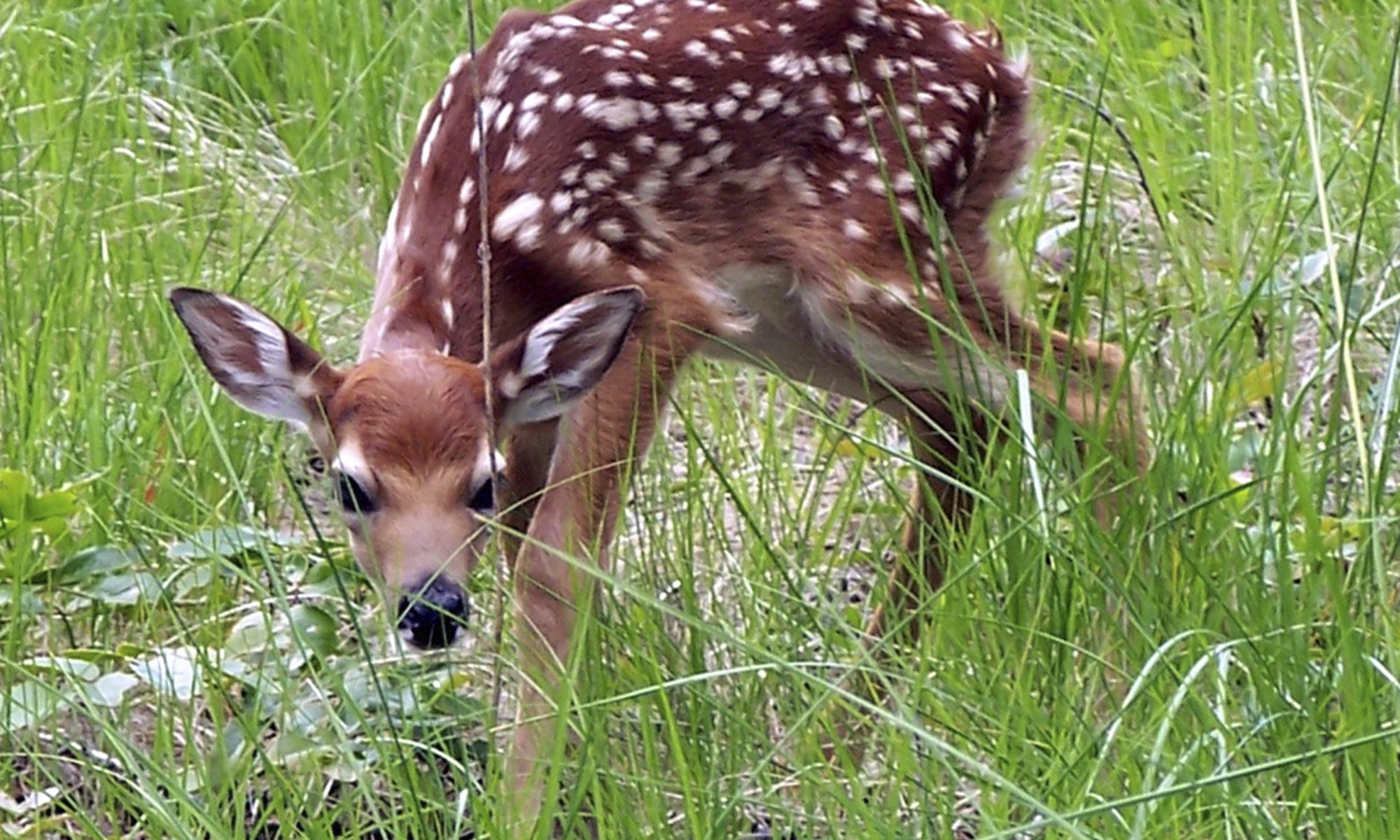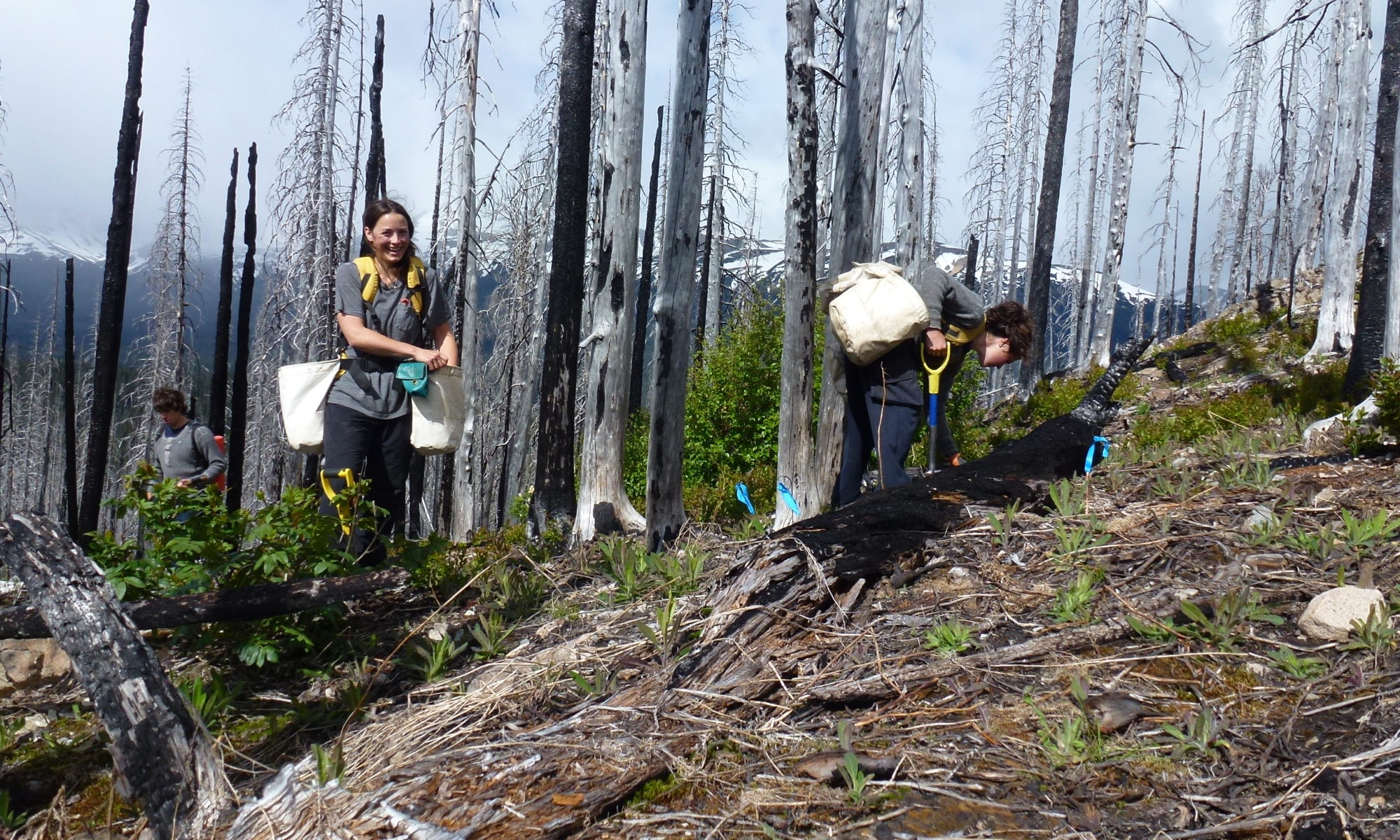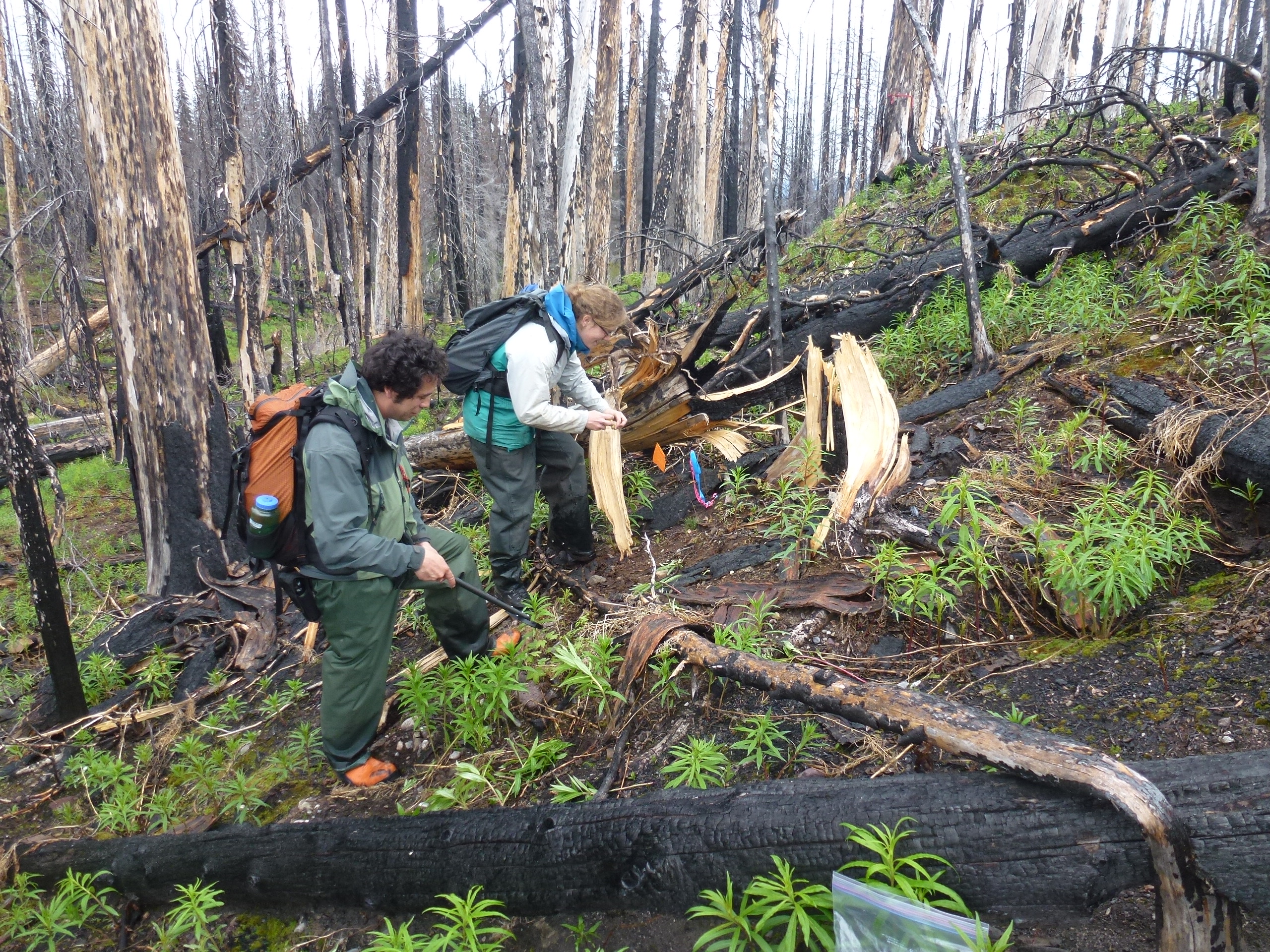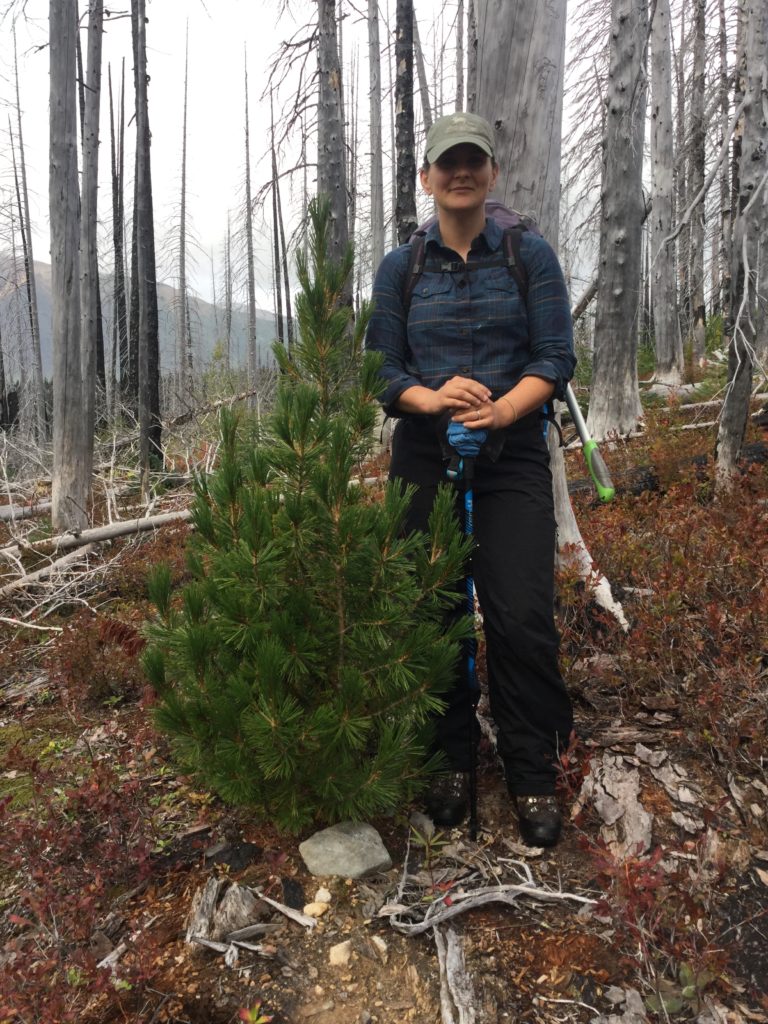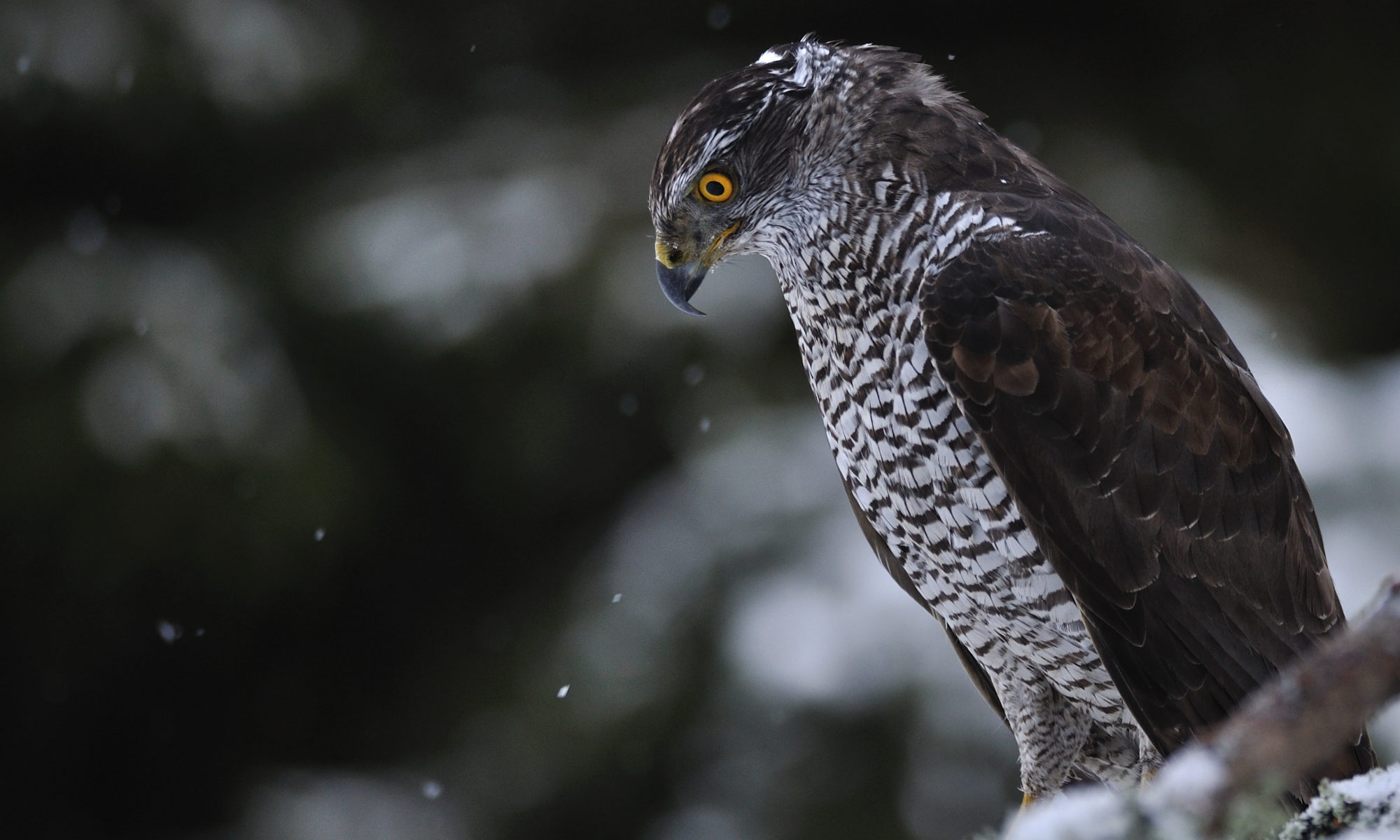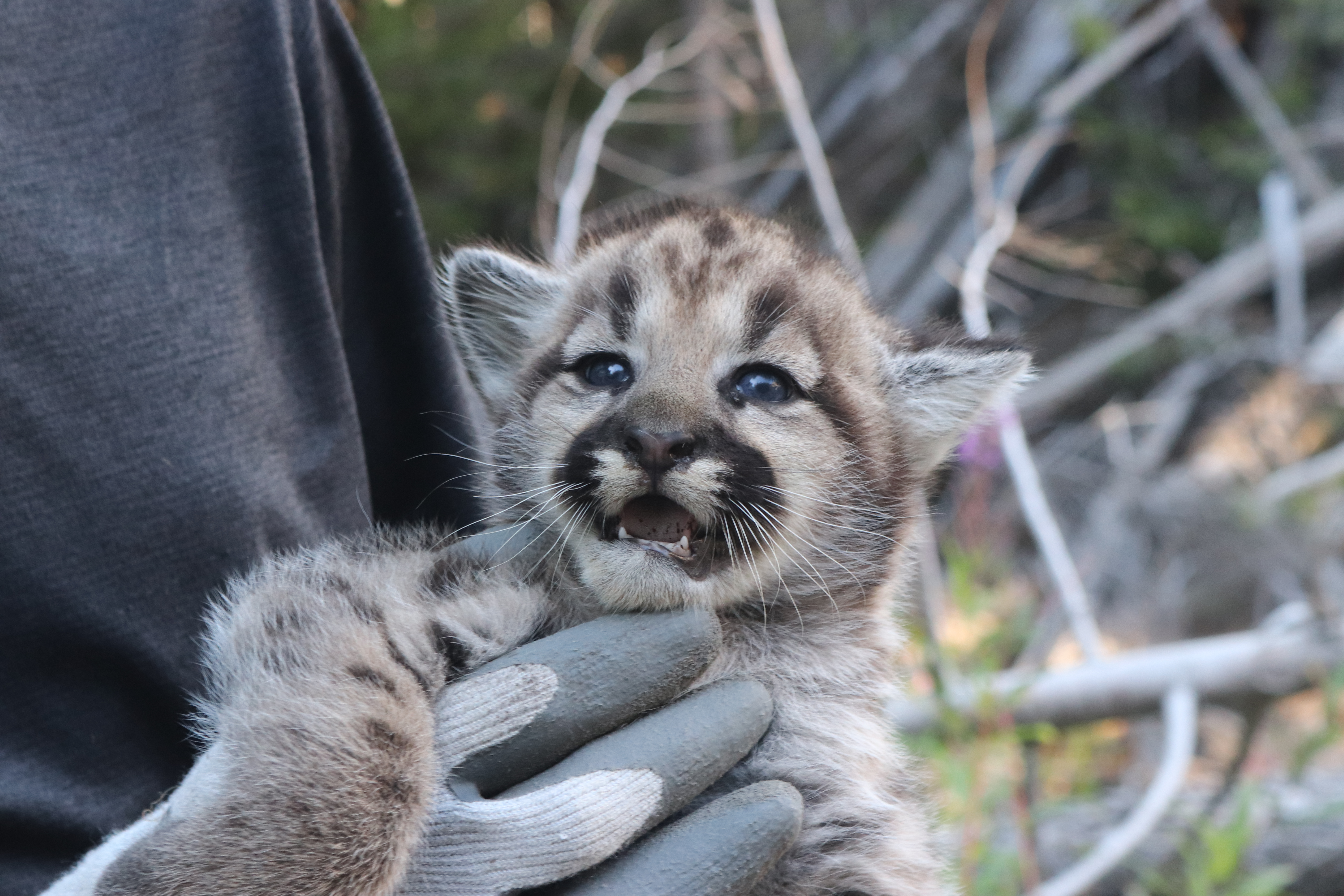
Kamloops, B.C. –The Habitat Conservation Trust Foundation is proud to announce over $8 million in funding for 167 fish and wildlife conservation projects across B.C. this year, with nearly $1 million allocated to projects in the Thompson-Okanagan Natural Resource Region.
For over 40 years, the Habitat Conservation Trust Foundation (HCTF) has provided grants to a large network of recipients who undertake conservation projects. With support from the HCTF, a wide range of nonprofit organizations, First Nations and Indigenous communities, Provincial ministries, and community groups implement projects that protect B.C.’s wildlife, freshwater fish, and their habitats. Since 1981, the HCTF has funded over 3,550 projects representing an investment of over $215 million for conservation in B.C.
Among this year’s projects in the Okanagan is a multi-year cougar study; by fitting GPS collars on forty cougars, the project leaders will better understand their predation rates of deer and other species and their movement behaviour. The project will be “B.C.’s most comprehensive cougar study to date, with a focus on the predation behaviour, habitat use, and impacts of harvest on cougars,” says project leader Adam Ford. “Cougars are one of the most important predators in B.C. for mule deer, bighorn sheep, mountain goats, and caribou. In spite of their high profile in B.C., we have very little information on the effects of cougar predation on prey distribution and survival, and the effects of human (e.g. road density, forestry) and natural (e.g. fire) landscape change on cougar habitat use.”
The project is being supported by the HCTF and the Forest Enhancement Society of BC (FESBC) with $70,845 in co-funding this year. According to FESBC’s executive director Steve Kozuki, “HCTF has some of the best expertise in wildlife biology and habitat management. That’s why FESBC is so pleased to collaborate with HCTF. Together we have improved wildlife habitat on numerous successful projects all around British Columbia. And we will continue to endeavour to assist wildlife to thrive and flourish for generations to come.”
Photo Credits: HCTF.
HCTF CEO Dan Buffett is proud to work with FESBC in this partnership noting, “Through this collaboration, we can fund more projects such as this investment in better understanding cougars in a changing landscape, and enable our project partners to deliver more conservation work that benefits wildlife, fish, and their habitats.”
Other new HCTF-funded projects taking place in the Okanagan include:
- $40,400 to restore the riparian Black Cottonwood forests of the Kettle River Watershed, considered one of the rarest ecosystems in the province (with FESBC funding).
- $83,918 to evaluate how large-scale wildfires affect the distribution of owl species in the Thompson-Okanagan region (with FESBC funding).
- $78,940 for the re-naturalization of nluxʷluxʷɬcwix (Lower Trout Creek).
- $108,271 to implement the Lower Mission Creek conservation and restoration plan.
Each project funded by HCTF goes through a multi-level, objective and technical review process prior to the final Board review and decision. HCTF’s Board of Directors ensure that species important to B.C. anglers and hunters are supported but also place a great deal of importance on conserving whole ecosystems, species-at-risk, and investing in environmental education across the province.
FESBC would like to gratefully acknowledge the financial support of the Province of British Columbia through the Ministry of Forests.

